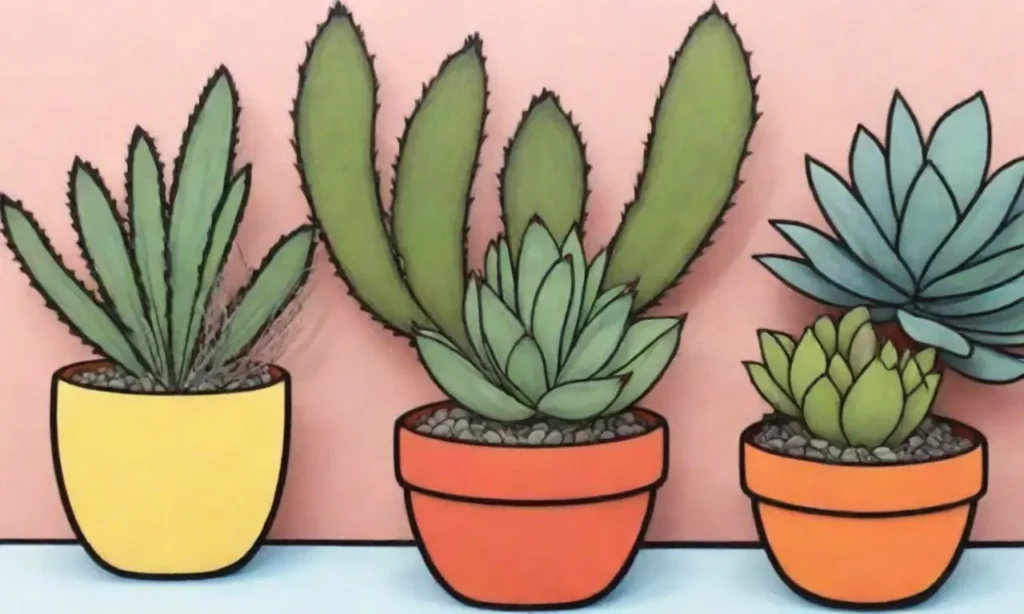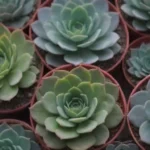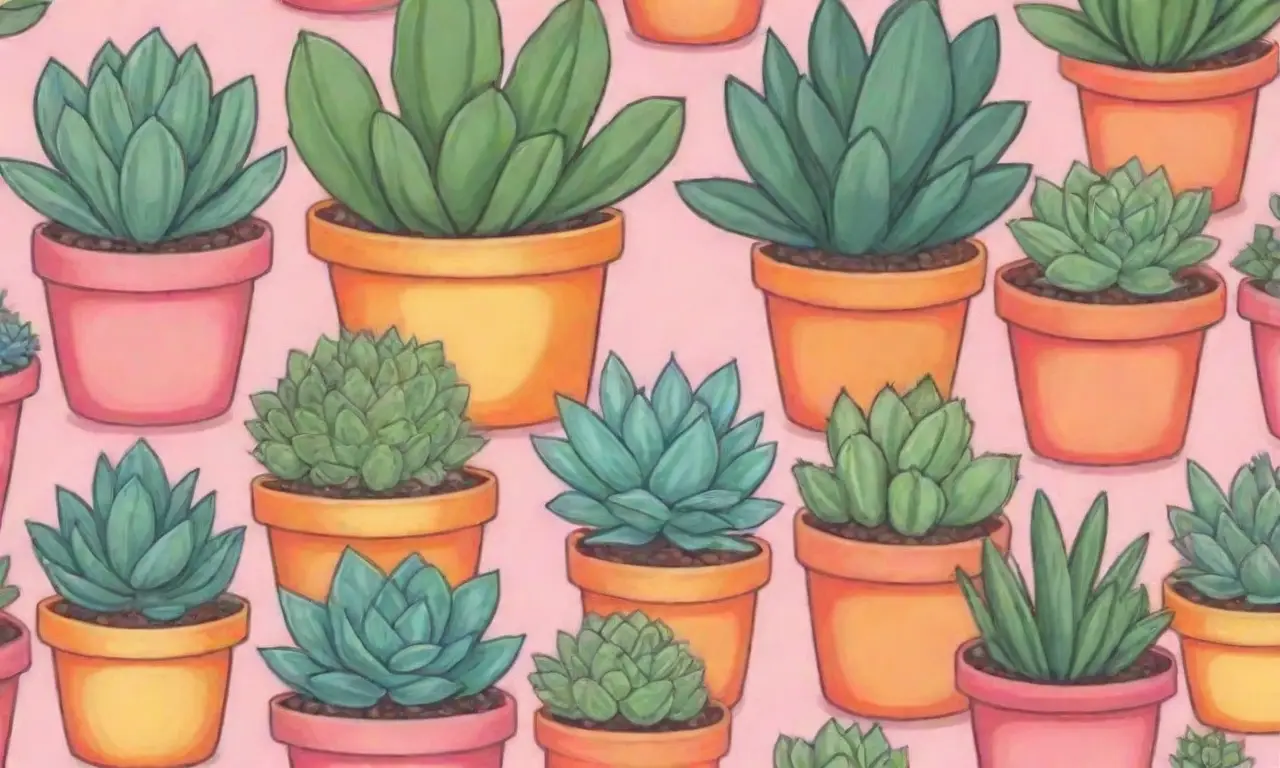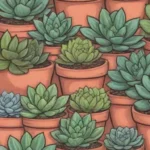Exploring the World of Succulent Substitutes for Your Home

Introduction
In recent years, succulents have surged in popularity amongst plant enthusiasts, decorators, and even casual homeowners. Known for their stunning adaptations to arid climates, these hardy plants come in varied shapes, colors, and sizes, offering a myriad of options for those looking to enhance their indoor spaces. However, not everyone has the time, expertise, or environment conducive to maintaining living plants, leading many to seek alternatives that still provide the beauty and aesthetic appeal without the ongoing upkeep.
This article delves into the fascinating world of succulent substitutes, where we'll explore a range of options that deliver the visual allure of succulents while simplifying maintenance. From vibrant artificial plants to unique ceramic arrangements, you'll learn about each option's characteristics, advantages, and where to best place them in your home for maximum effect.
The Allure of Succulents
Succulents are beloved for various reasons that extend beyond their aesthetic charm. One of the most appealing aspects of these plants is their low maintenance requirements. Many succulent species can thrive on minimal water and light, which makes them ideal for busy individuals or those who may lack a green thumb. Their architectural form and unusual foliage offer a modern aesthetic that complements various home styles, from bohemian to minimalist.
As attractive as succulents are, they do have specific needs that some people might overlook. Soil drainage, adequate sunlight, and consistent watering schedules become crucial to keep them healthy. For individuals who travel frequently or have homes without sufficient sunlight, real succulents can be a heavy burden to maintain. Furthermore, factors such as pests can affect their beauty and health, prompting some to reconsider including them in their décor.
Understanding Your Space
Before deciding on succulent substitutes, it's essential to understand your home environment. The placement of your plants can dramatically affect their appearance and effectiveness in your space. Are you interested in an accent piece for your living room or perhaps a centerpiece for your coffee table?
Analyzing Light Conditions
Start by assessing the light conditions in your home. If you're working in a humid space with limited sunlight, living succulents may suffer, making alternatives an appealing consideration. Bright, indirect light is typically best for real succulents; however, the lack of natural light doesn't mean you have to forgo the lush greenery altogether. By determining which areas of your home receive bright natural light and which do not, you'll be better prepared to select the proper substitute.
Identifying Aesthetic Needs
Next, consider the aesthetic you want to create. Are you looking for striking, elaborately designed pieces or something more understated and classic? Succulent substitutes come in various styles, colors, and textures, offering flexibility in achieving your desired ambiance. Whether you're drawn to the bohemian charm of a colorful ceramic pot or sleek modern concrete planters, these substitutes can satisfy your artistic flair.
 Combining Aesthetic Appeal and Easy Care with Succulent Substitutes
Combining Aesthetic Appeal and Easy Care with Succulent SubstitutesChoosing the Right Materials
Finally, selecting the materials for your home décor plays an essential role in the overall ambiance. Inspired by the earthy tones and textures of succulents, you could favor terracotta, ceramic, or even metal planters. The choice of materials not only reflects your style but can also harmonize with existing furnishings and design elements, lending a seamless flow to your home.
Options for Succulent Substitutes

Now that we've established an understanding of your space, it's exciting to delve into specific succulent substitutes that can beautifully enhance your home.
Artificial Succulents
When it comes to alternatives, artificial succulents are among the most popular options. These faux plants are designed to replicate the intricacies of real succulents without any of the necessary upkeep. High-quality artificial succulents can be virtually indistinguishable from their living counterparts, offering vibrant colors and intricate details that can brighten any room.
The beauty of artificial succulents is the endless variety available. They can be found in different sizes, styles, and arrangements, making them easy to incorporate across diverse settings, including living rooms, bedrooms, or even entryways. Their immunity to pest infestations and diseases makes them a safe choice for those with allergies or sensitivities. Additionally, they can be placed in any location regardless of light conditions, creating stunning displays wherever desired.
While artificial succulents are convenient, consider investing in designs made from high-quality materials such as silk or advanced plastics. Lesser-quality options may fade over time and look increasingly artificial. The aesthetic factor becomes significant since lifelike materials can easily elevate your home décor while simplifying plant care.
Dried Succulent Arrangements
If you're looking for a more sustainable and natural alternative, consider dried succulent arrangements. These selections capture the charm of live succulents while eliminating all immediate care requirements. Dried arrangements can maintain their beautiful shapes, colors, and textures for months, even years, providing a sustainable solution that allows you to enjoy the beauty of succulents without the need for water or pruning.
 Planting Strategies for Blending Succulents and Their Substitutes
Planting Strategies for Blending Succulents and Their SubstitutesDried arrangements can be creatively combined with other materials such as driftwood, rocks, or preserved moss to create unique, textured centerpieces suitable for any room. Their low-maintenance appeal does not undermine their visual impact; in fact, they often bring a rustic or organic vibe into your home, making them especially suitable for decorating farmhouse-style or earthy aesthetic settings.
However, while dried succulents have a long lifespan, certain environmental factors such as humidity can shorten their longevity. Be sure to place them in dry areas and out of direct sunlight, as extended exposure can lead to fading and loss of quality.
Living Alternatives
For those craving the aesthetic of succulents but desiring a different living plant, consider exploring houseplants that offer a similar look. One good contender is the Haworthia, a genus of flowering plants native to southern Africa, which exhibits succulent-like features but can thrive in lower light conditions. Similarly, the Zamioculcas zamiifolia (ZZ plant) provides an attractive glossy finish and is well-known for its resilience in varying light levels.
These living alternatives require minimal upkeep, much like traditional succulents, but with the added benefit of being easier to maintain in less-than-ideal conditions. They can bring an inviting green touch to your home without sacrificing the beautiful design elements that succulents contribute.
Conclusion
Exploring the world of succulent substitutes opens up a myriad of possibilities for enhancing your home décor. Whether opting for artificial succulents, dried arrangements, or carefully selected living alternatives, each option presents its unique advantages. These substitutes allow for the beauty of natural plants without the demanding care that often accompanies them.
Not only do these alternatives simplify maintenance, but they also enable individuals to express their personal style while effortlessly enhancing their living spaces. By understanding your home's environment, aesthetic, and material needs, you'll be better equipped to select the ideal succulent substitute that reflects your taste and meets your lifestyle requirements.
In the end, whether you choose vibrant artificial plants or delicate dried arrangements, the key is to enjoy the process of creating a more inviting and lively atmosphere in your home. Say goodbye to the worries of overwatering or pest control; with succulent substitutes, you can have the best of both worlds—beautiful, low-maintenance greenery infused into your living space. So take the plunge and start exploring these captivating alternatives!
If you want to read more articles similar to Exploring the World of Succulent Substitutes for Your Home, you can visit the Succulent Substitutes category.
